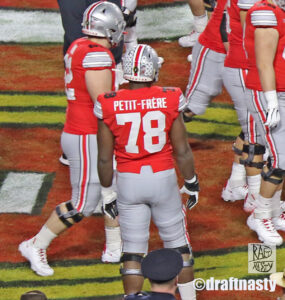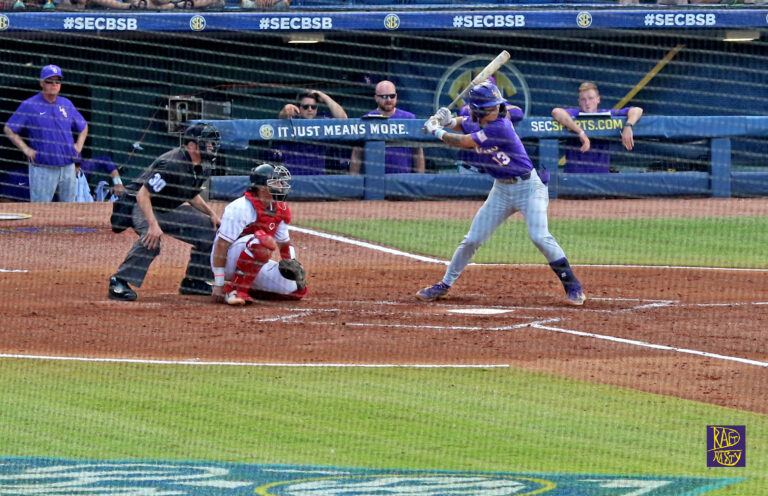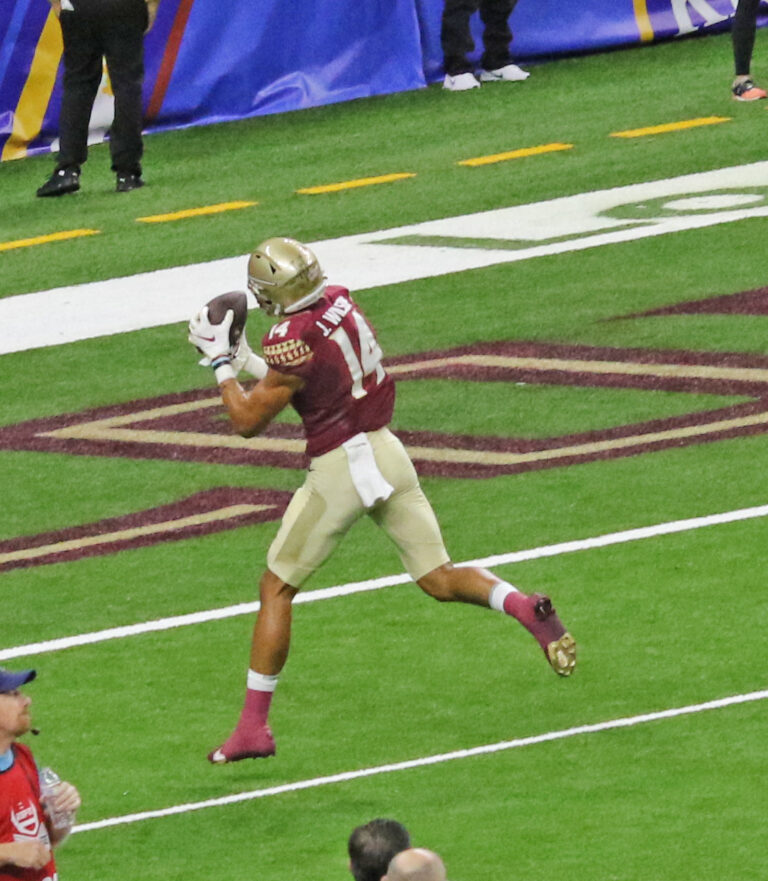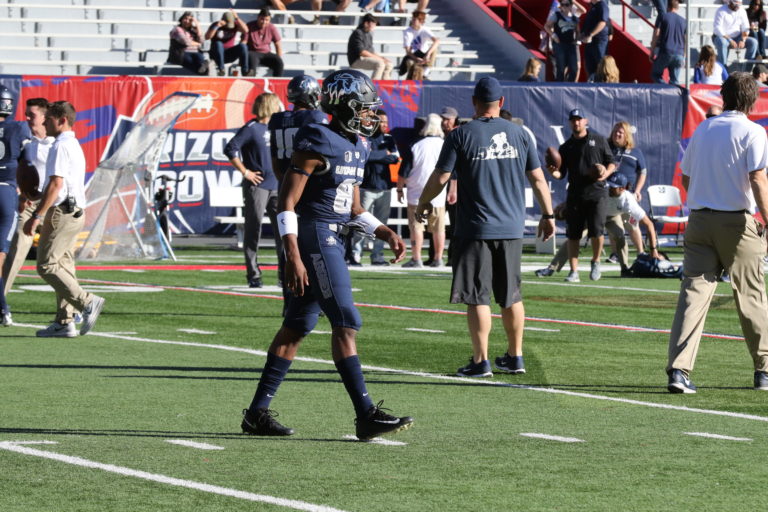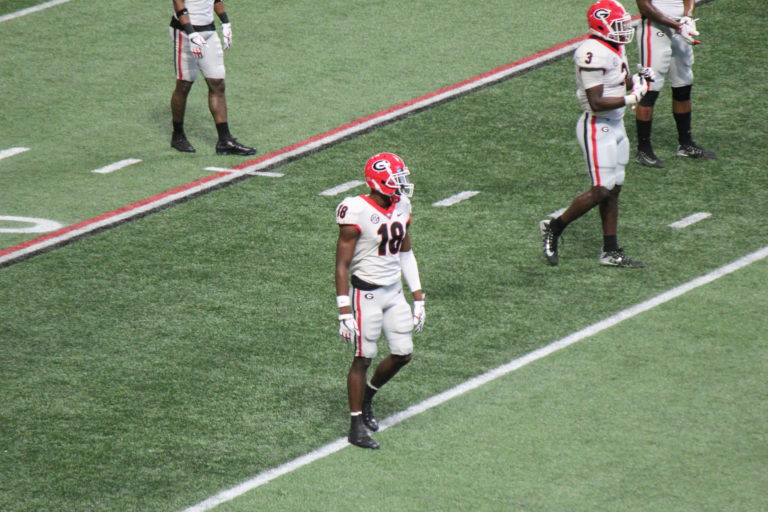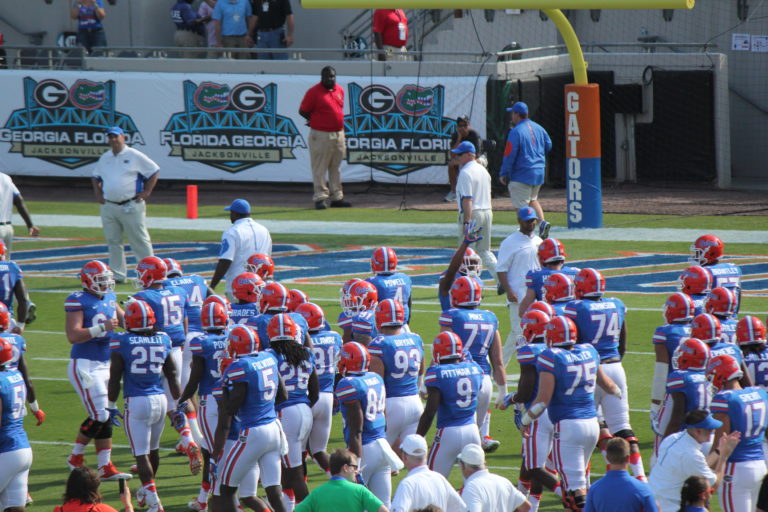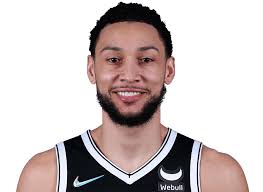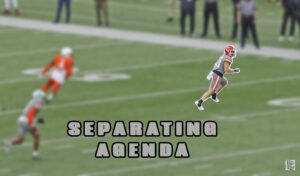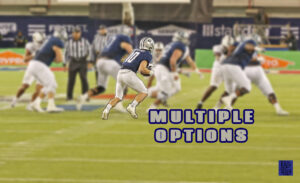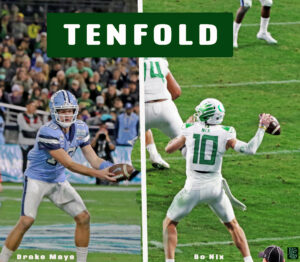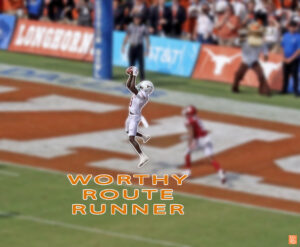Jordan Thompson, a former high school pitcher from Helix High School (Calif.), developed into a mainstay for the LSU Tigers...
LSU Tigers
The Florida State Seminoles (4-1) lost a hard-fought 31-21 contest to the Wake Forest Demon Deacons (4-1) last weekend, but...
Utah State wide receiver/kickoff returner Savon Scarver's foot speed and elusiveness have put him on a historic pace. Although he...
In a SEC contest featuring several NFL Draft prospects, fundamentals were more of a factor than talent. LSU took advantage...
Season outlook The Florida Gators poached new head coach, Dan Mullen, from conference foe, Mississippi State, during the offseason. The...
18 Trey Quinn 5’11 203 WR-SMU, LSU What makes this player Nasty....(Strengths): Positive size and measurements. Former high school track...
Name: Ben Simmons Number: 25Sport: BasketballPlayable Positions (Basketball): SF, PFSchool: LSUConference: SEC WestHeight: 6'10 (E)Weight: 228Birthdate: July 20, 1996Draft Year:...
